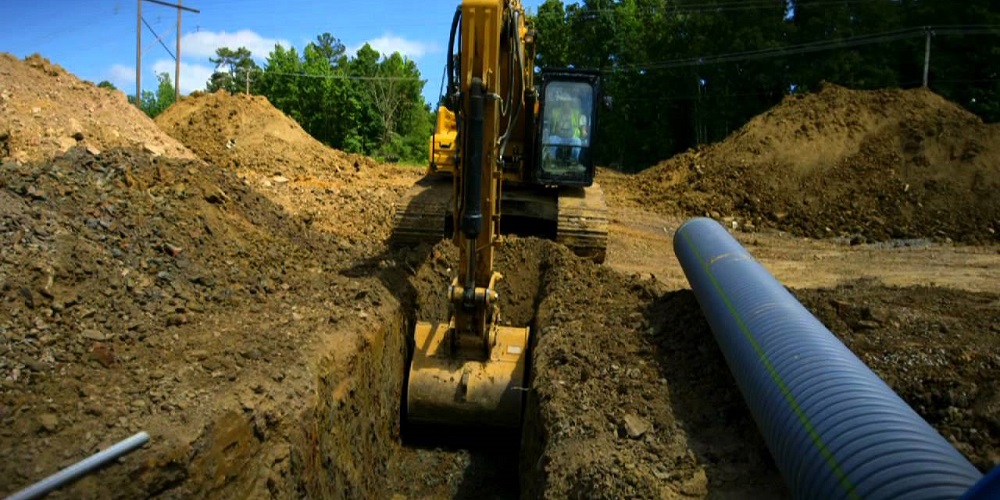
Trench Safety and Shoring Tips for Summer
Category: Rental
Trenching is an essential part of any construction process, but it can also be a risky one. To keep your workers protected, it’s crucial to follow best practices and OSHA standards.
During the spring and summer months, there are even more potential issues to contend with, such as the potential for heavy rain and storms. Taking extra precautions and understanding how excess water affects trenches are key steps for trench safety.
Read on for some top tips on how to stay safe while trenching and shoring in spring and summer.
1. Correctly Classify the Soil
OSHA requires that all trenches be inspected by a Competent Person (CP). This inspection includes the proper classification of soil. During the spring and summer months when there is more rain and moisture in the air, the soil classification could change, as moisture affects the soil’s integrity.
Having the right soil classification will ensure that you find the right protective system for your trenches. If your soil is stable and meets benching criteria, benching and shoring are reliable options. But if the soil is holding a lot of moisture, you may need sloping or a shield/slide rail system.
2. Monitor the Effects of Rain
Whenever weather conditions change, a CP should reexamine trench conditions, especially after a rainstorm. Water makes the sides of trenches less stable, so additional trench checks to see how the rain has affected the structure is one of the best ways to ensure trench safety in spring and summer.
3. Be Prepared to Deal With Standing Water
Unless sufficient precautions have been taken, OSHA mandates that workers stay out of trenches and excavations where water has accumulated, as this environment increases the likelihood of a cave-in. Precautionary measures may include support or shield systems, water removal, or use of a lifeline and a safety harness.
4. Follow All Recommended Guidelines
Because there are additional dangers due to excess moisture, the spring and summer months require careful attention and adherence to guidelines on trenching and shoring protection. This means workers should never enter a trench that is unprotected or an excavation that is deeper than 5 feet.
Some additional safety tips include:
- Keep heavy equipment away from trench edges
- Test area for hazardous gases, fumes and low oxygen
- Inspect the trench at the beginning of every shift
- Locate underground utility lines
- Install safe access points
- Keep excavated materials at least 2 feet away from the edge of the trench
- Wear protective safety gear
- Ensure continuous ventilation
Contact NMC The Cat Rental Store Today
At NMC The Cat Rental Store, we offer a wide range of shoring and trench safety equipment. We can also provide you with technical support, safety resources and assistance in complying with OSHA trenching and excavation regulations. With more than 80 years of experience, we have the expertise to find the perfect solution for your specific needs.
For more information, give us a call at 800-628-6025 or fill out our online form and we will get back to you as soon as possible. You can also visit us at one of our locations to meet with us and see our inventory of safety equipment in person.
